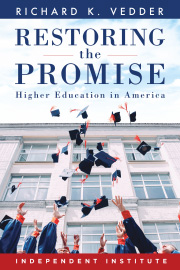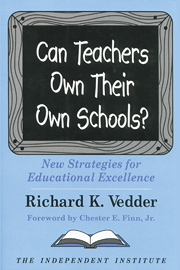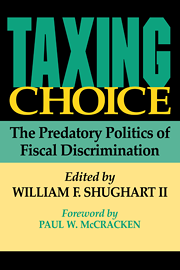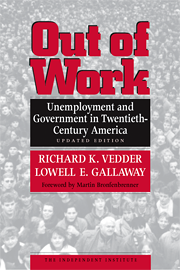A century ago Sunday, President Calvin Coolidge signed the Immigration Act of 1924, which set strict limits on admitting newcomers to the U.S. As a consequence, between the 1920s and 1970, the share of foreign-born persons fell from about 13% of the population to 5%. Since then immigration has rebounded as a consequence of post-1965 liberalizing legislation and increased illegal immigration arising from falling transportation and information costs and increasingly lax border enforcement.
Throughout history, whenever newcomers exceeded 10% of the population, political agitation has arisen to constrain immigrant inflows. In 1924 people were worried about the threats of communism after the Russian Revolution and crime as a result of an immigrant-led Boston police strike, including highly publicized murders committed by Nicola Sacco and Bartolomeo Vanzetti. Congress passed the Immigration Act in a relatively noncontroversial bipartisan effort. Coolidge signed it despite reservations about the law’s restriction of Japanese migrants. The new law reduced total inflows and curtailed immigration viewed particularly undesirable from Southern and Eastern Europe and Asia.
Two lessons come from the 1924 legislation. First, while America is a nation of immigrants that generally welcomes newcomers, there are limits to the number of migrants Americans will tolerate. Second, how immigration is limited matters: Whom do you choose to admit—or exclude?
Newcomers tend to be prodigious savers and highly entrepreneurial. With U.S. population growth stagnating and the ratio of workers to dependents (increasingly retired Americans) expected to shrink, immigration is a welcome way to counter the birth dearth.
One way to modernize our immigration laws would be to allow market forces to decide who should become new citizens. Consider America like a club, with initiation fees required for admission. Instead of choosing immigrants based on where they are from, admit them based on likely contributions to America.
An example: Sell 8,000 visas to the highest bidders for 250 days a year. Suppose the average price is $30,000. Of the $60 billion in annual visa revenue, devote one-third to more-intense border enforcement, one-third to income-tax reduction (an “immigration bonus” to taxpayers), and one-third to increasing the anemic defense budget. Or apply the money to debt reduction, helping delay the fiscal armageddon threatening the pensions and healthcare of elderly Americans.
Those buying visas could get access to huge labor and capital markets. Productive potential newcomers would avoid years of waiting to enter the country, and America would gain largely productive citizens.














